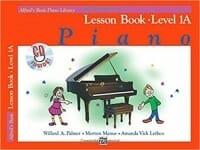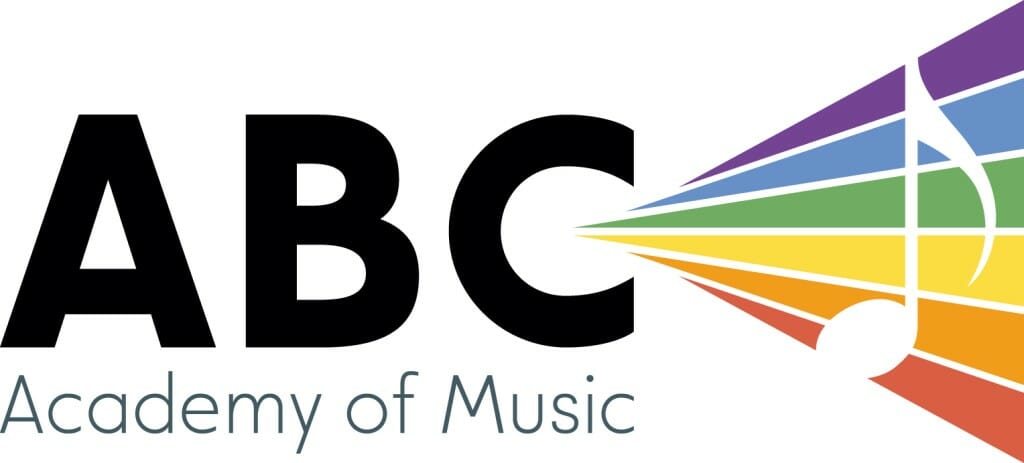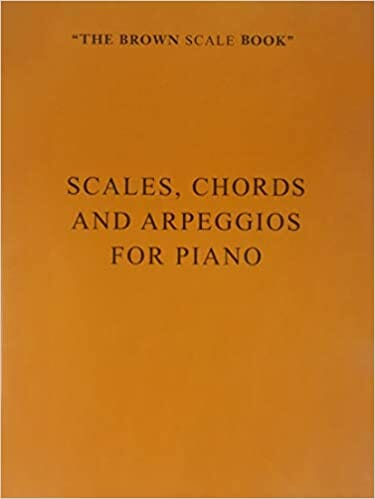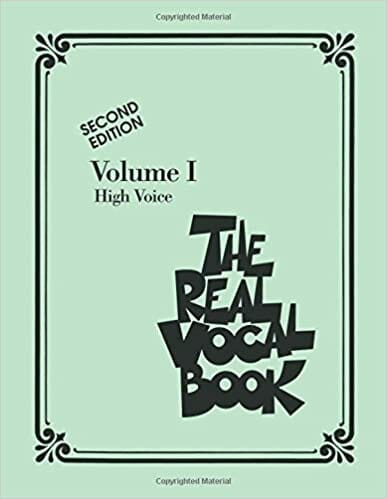B.Mus (Humber) in-progress
Adina is a singer-songwriter based in Toronto completing her Bachelor of Music degree at Humber College in vocal performance. Trained classically in piano since the age of 5, she has branched out into pop and jazz as well.
Vocally she is well-versed in many genres including jazz (she loves to scat!), musical theatre, pop, singer-songwriter, country, R&B, and acappella. She has 7 years of choir experience in both chamber and jazz styles. Adina has been writing and singing original songs since the age of 12, and has two singles as well as an EP out on all platforms under the artist name Adina V.
She has performed all across southern Ontario singing with the Toronto All-Star Big Band, as well as at various venues in the GTA with her own jazz duos and trios. As a member of the Cawthra Park Chamber Choir she performed at Roy Thompson Hall with the TSO for two years in a row. At Humber College she is part of the Vocal Jazz Ensemble led by Lisa Martinelli; this group performs advanced repertoire at events like the Ontario Vocal Jazz Festival.
Adina has been teaching music for the past 7 years and loves helping students meet their personal goals while fostering a love of music that lasts forever!
Get to know Adina…Beyond the Bio!
Hobbies: reading, puzzles, video games, painting
Musical Influences: Ella Fitzgerald, Nancy Wilson, Doris Day, Joni Mitchell, Taylor Swift, John Mayer
Favourite Food: Pad Thai
Least favourite food: eggplant
Favourite music: Indie rock and folk
Favourite song: All I Need by Jacob Collier ft. Mahalia & Ty Dolla $ign
Favourite movie: Matilda
Favourite movie music: The Pirates of the Caribbean theme
Favourite Musical: Dear Evan Hansen or The Last Five Years
Best Quote from your teacher: “It’s an amazing and wonderful experience to be able to be intentional about, in the moment, making music”
Favourite Quote: “Even as we are, we are becoming”
Favourite Book: The Girl With the Dragon Tattoo trilogy – Stieg Larsson
Best thing about teaching at ABC: Sharing and fostering a love of music with students of all ages
Latest Homework from Adina
Is Adina Your Teacher?
Sign up now to get your weekly assignments delivered, and never lose your homework sheet again!
Homework for 17 – 24 Feb.
Dvorah
This week we learned letters F-G-A-B, which are around the group of 3 black keys. Please scavenger hunt all the Fs and Bs as your warmup. We also talked about planting our bum on the stool and just reaching with our arms for the lower/higher notes in the songs – you shouldn’t need to be standing while playing.Merrily We Roll Along – Let’s keep this piece for practice with C-D-E. Remember that when the finger numbers disappear we need to use the letter names to guide us.The Escalator – This song only uses finger 2 and 3 in LH and RH – LH takes F and G, and RH takes A and B. Make sure you start low enough so you have enough room to go up all 4 times the pattern repeats.March on C-D-E-F-G – This song is in C position, which we have used before in our warmups. When we are stepping in music, it means we go from one note to the very next letter name in order. Try saying the letter names as you play as a bonus!
Marco
Please have a look at your composition from last week and fix those downwards facing stems, as well as change any notes you’re playing differently from the music. From your theory book please complete page 38.Yankee Doodle – Notice how in this piece there’s the exact same skipping pattern between LH and RH (G-B-D-F) that we had in Elephant Ride. We circled all the skips in class today. Please use Every Good Boy Deserves Fudge to help you find the RH line notes (especially the Gs!).Copycat – This pieces uses some new notes in the LH. To help you read the bass clef, use the sayings Good Birds Don’t Fly Away for the lines, and All Cows Eat Grass for the spaces. Paying attention to whether the melody moves in steps or skips will also help with sight reading.
Oliver
For your warmup this week please play the G major (no Bb) position 5-note scale. Pay extra attention to trying to connect between the notes – we want to play legato.A Friend Like You – For now let’s just play this song hands separately. LH is playing intervals: 5ths, 4ths, 3rds, and 2nds. The D (top note) always stays, and the bottom note moves up or down. Try to say the interval as you play it! RH make sure you’re playing the high D (not the one right next to middle C) – this D is always your starting note, and from there just pay close attention to whether the melody moves in steps or skips.
Alice
Lose You to Love Me – Please spend a little more time with the verses – we want those lyrics to feel comfortable. Do your best to enunciate your consonants – especially on important lyrics like “hate”, “lose”, and “love” we need to hear the “t”, “s”, and “v”. Still work on making your mouth more open on higher notes – you don’t have to sacrifice the sound of the word (Your tongue will still do the same thing), just let your jaw drop to let more sound out.Let’s Play Ball – Pay extra attention to RH’s steps in bars 5-6; use Every Good Boy Deserves Fudge to figure out the treble clef line notes. You can treat this like a review song.Petit Minuet – This piece has a new time signature: ¾ means in each bar you count to 3 before going back to 1. Beat 1 is always the one right after the bar line. While playing the notes, also speak the counting out loud. This will help make sure half notes are being held for the full 2 counts (1-2_ before going to the quarter notes on beat 3.
Linda
Let’s keep the LH 4-note chord warmup this week as the fingers start getting more comfortable.What a Wonderful World – The same way we went back and forth between A-7 and Abmaj7, and E-7 and E7, try going back and forth between Fmaj7 and F7 (the 7th is the only n ote changing between them). See if you can start thinking of the corresponding number to each chord (between 1-7, using “flat 6” as the name for the Ab chord). LH will always play the root denoted in the chord symbol.The Swing – Our key signature tells us that all Fs in this piece (no matter the octave) are sharp. As you adjust to this still keep the piece hands separately (except from bar 20 to the end). There are a lot of clef and octave changes, so just double check you are in the right spot as the piece goes one. Consider the scale degrees (1-7) of LH’s bottom notes. This progression is called a descending cliché line.
Preferred Books for Adina’s Students
Click to buy them here, and they’ll come right to your house! What could be easier?
Alfred's Basic Piano Library Lesson Book 1A

Alfred's Adult Basic All-In-One
Alfred’s Basic Adult All-in-One Course is designed for use with a piano instructor for the beginning student looking for a truly complete piano course. It is a greatly expanded version of Alfred’s Basic Adult Piano Course that will include lesson, theory, and technique in a convenient, “all-in-one” format. This comprehensive course adds such features as isometric hand exercises, finger strengthening drills, and written assignments that reinforce each lesson’s concepts. There is a smooth, logical progression between each lesson, a thorough explanation of chord theory and playing styles, and outstanding extra songs, including folk, classical, and contemporary selections.
The Brown Scale Book
This essential resource includes all major and minor scales, triads, arpeggios, dominant sevenths, and chromatic scales organized by key. A favorite for decades, The Brown Scale Book belongs in every student’s library.
The Real Vocal Book
The Real Vocal Book has many of the selections from Volumes 1 and 2 of the instrumental Real Books, but now with complete lyrics added to the pre-existing melody line. This edition features 300 essential songs arranged for low voice, including: Alfie * All of Me * Autumn Leaves * Bewitched * Bluesette * Don’t Get Around Much Anymore * Fever * Georgia on My Mind * Misty * Moon River * My Funny Valentine * Satin Doll * and more. Looking for a particular song? Check out the Real Book Songfinder here.









